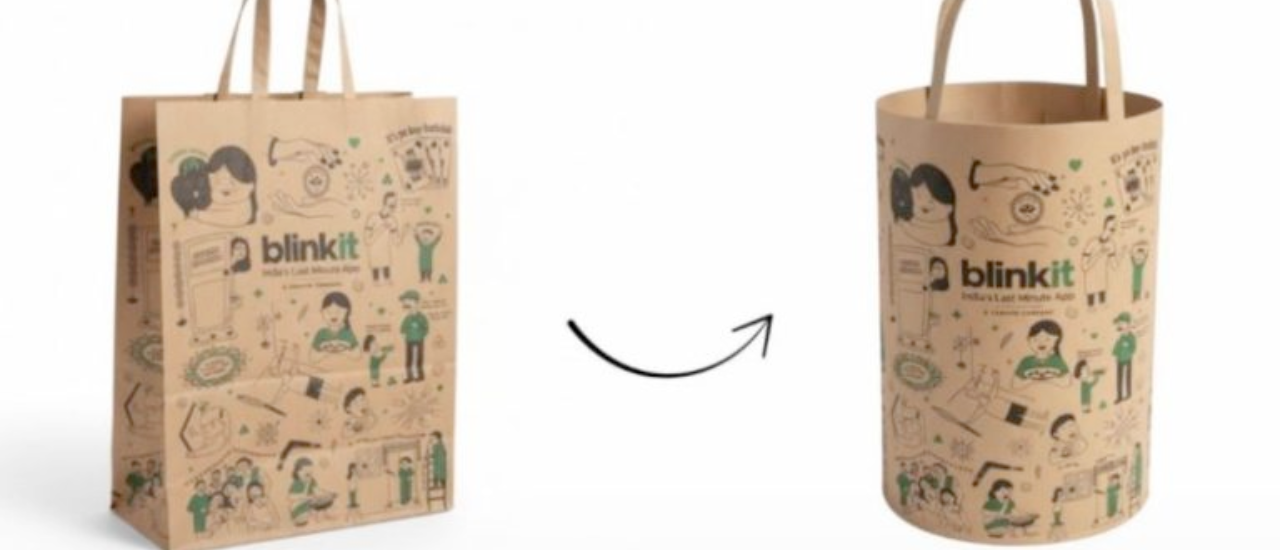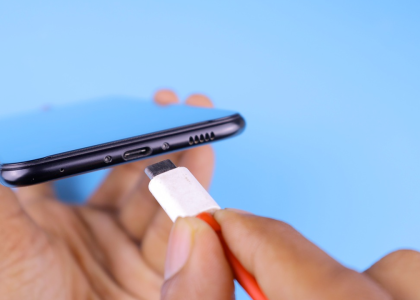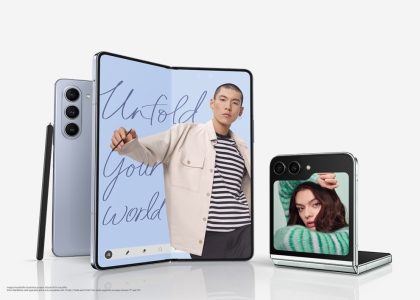Executive Summary
Innovation does not always require massive R&D budgets, futuristic technology, or breakthrough patents. Sometimes, the most impactful innovations come from keen observation of everyday consumer behavior.
Blinkit (formerly Grofers), one of India’s fastest-growing quick-commerce companies, noticed something deceptively simple yet universal: most Indian households repurposed grocery bags as dustbin liners.
Instead of treating this behavior as incidental or ignoring it as “low-value,” Blinkit turned it into a design-led innovation opportunity. By redesigning their carry bags into a dustbin-friendly shape and size, they transformed a basic packaging utility into a consumer-centric brand touchpoint.
This innovation was not just about plastic or design — it was about:
-
Consumer empathy: Understanding how customers actually used grocery bags post-purchase.
-
Sustainability & reusability: Extending the life and purpose of carry bags.
-
Brand resonance: Turning a mundane item into a brand story of simplicity and usefulness.
-
Cost efficiency: Innovating without heavy investment, while increasing functional value.
The Blinkit dustbin bag case underscores that innovation is as much about mindset and observation as it is about technology.
Background / Situation
Quick Commerce Boom in India
-
India’s online grocery and quick commerce market surged after 2020, driven by pandemic habits and rising urban convenience culture.
-
Blinkit, competing with Swiggy Instamart, Zepto, and BigBasket, needed to differentiate not only on speed (10–15 min delivery) but also on customer experience.
-
In an industry where delivery speed, assortment, and discounts quickly became commoditized, packaging and brand recall emerged as subtle differentiators.
The “Second Life” of Grocery Bags in India
-
In Indian households, nothing goes to waste — including carry bags.
-
Plastic or cloth grocery bags are typically reused for:
-
Lining dustbins.
-
Carrying tiffins, small items, or lunch packs.
-
Storage of clothes, shoes, or household items.
-
-
Among these, dustbin use was the most consistent, especially in urban apartments.
-
However, conventional bags were ill-fitted for dustbins (wrong size, lack of handles for tying, awkward shapes).
The Opportunity
-
Blinkit realized:
-
Grocery bags had a second life at home.
-
Aligning bag design with this reality could create higher functional utility.
-
A small packaging innovation could become a big brand differentiator in a cluttered market.
-
Strategy / Approach Taken
Consumer-Centric Design Thinking
Blinkit applied design thinking principles:
-
Empathize: Observe consumer behavior — bags being reused as bin liners.
-
Define: Problem: existing bags don’t fit bins properly.
-
Ideate: Solution: redesign carry bags for dual functionality (shopping + dustbin liner).
-
Prototype: Test dustbin-friendly dimensions, handle types, and material strengths.
-
Implement: Roll out redesigned bags across deliveries.
The Redesign
Key design tweaks included:
-
Shape & Size: Adjusted to fit standard small/medium household dustbins.
-
Handles: Designed for easy knotting when used as bin liners.
-
Material Strength: Enough durability for both carrying groceries and holding waste.
-
Print Communication: Minimal branding, reinforcing reusability rather than one-time use.
Positioning the Innovation
-
Marketed as a thoughtful, consumer-first packaging initiative.
-
Messaging centered on “Blinkit bags don’t end with groceries – they live on at home”.
-
Reinforced Blinkit’s positioning as a brand that understands everyday Indian households.
Implementation
Rollout
-
Gradual introduction across high-order-volume metros (Delhi NCR, Bangalore, Mumbai).
-
Full scale after positive feedback loop from customers.
Communication & Branding
-
Highlighted in Blinkit’s social media campaigns: simple innovations with big impact.
-
Word-of-mouth became a strong driver — customers naturally discussed how useful the bags were.
-
Aligned with Blinkit’s brand voice: witty, relatable, grounded in everyday life.
Internal Alignment
-
Operations & procurement had to balance:
-
Bag redesign costs.
-
Vendor contracts for packaging.
-
Ensuring environmental compliance (plastic usage limits).
-
Results & Impact
Consumer Delight
-
High appreciation among urban households.
-
Social media chatter highlighting Blinkit bags as “the most useful grocery bags ever.”
-
Boost in brand recall from a non-digital, in-home daily context (dustbin liners used every day).
Sustainability Perception
-
Increased perception of Blinkit as a brand that supports reusability and less waste.
-
Bags had a longer lifecycle, reducing single-use plastic concerns.
Brand Differentiation
-
In a market dominated by delivery speed wars, Blinkit stood out for thoughtful, simple innovation.
-
Enhanced consumer stickiness by embedding Blinkit into household routines.
Business Impact
-
Cost-neutral to mildly positive impact:
-
Slightly higher packaging cost offset by stronger brand equity.
-
Lower need for “paid” marketing to create brand buzz.
-
-
Helped position Blinkit as a customer-first innovator, aiding retention.
Best Practices / Learnings
-
Observe Real Behavior: Innovation often starts with sharp observation of how customers actually use products, not how companies think they do.
-
Leverage the “Second Life” of Products: Understanding secondary uses can inspire high-value, low-cost innovations.
-
Design for Everyday Utility: Functional design changes can transform customer perception.
-
Brand Touchpoints Beyond Purchase: Blinkit extended its brand presence into household routines.
-
Sustainability through Reuse: Small tweaks can promote sustainable behaviors without big campaigns.
-
Simple Can Be Big: Not all innovations need technology or scale — small changes can create disproportionate impact.
Sources
-
Blinkit brand communication & press coverage (2022–2023).
-
Packaging industry reports on consumer reuse in India.
-
Social media insights (Twitter, Reddit, Instagram posts referencing Blinkit bags).
-
Market intelligence from quick commerce packaging studies (Nielsen, Kantar).
-
Electroyuva internal observations on consumer household reuse patterns.




